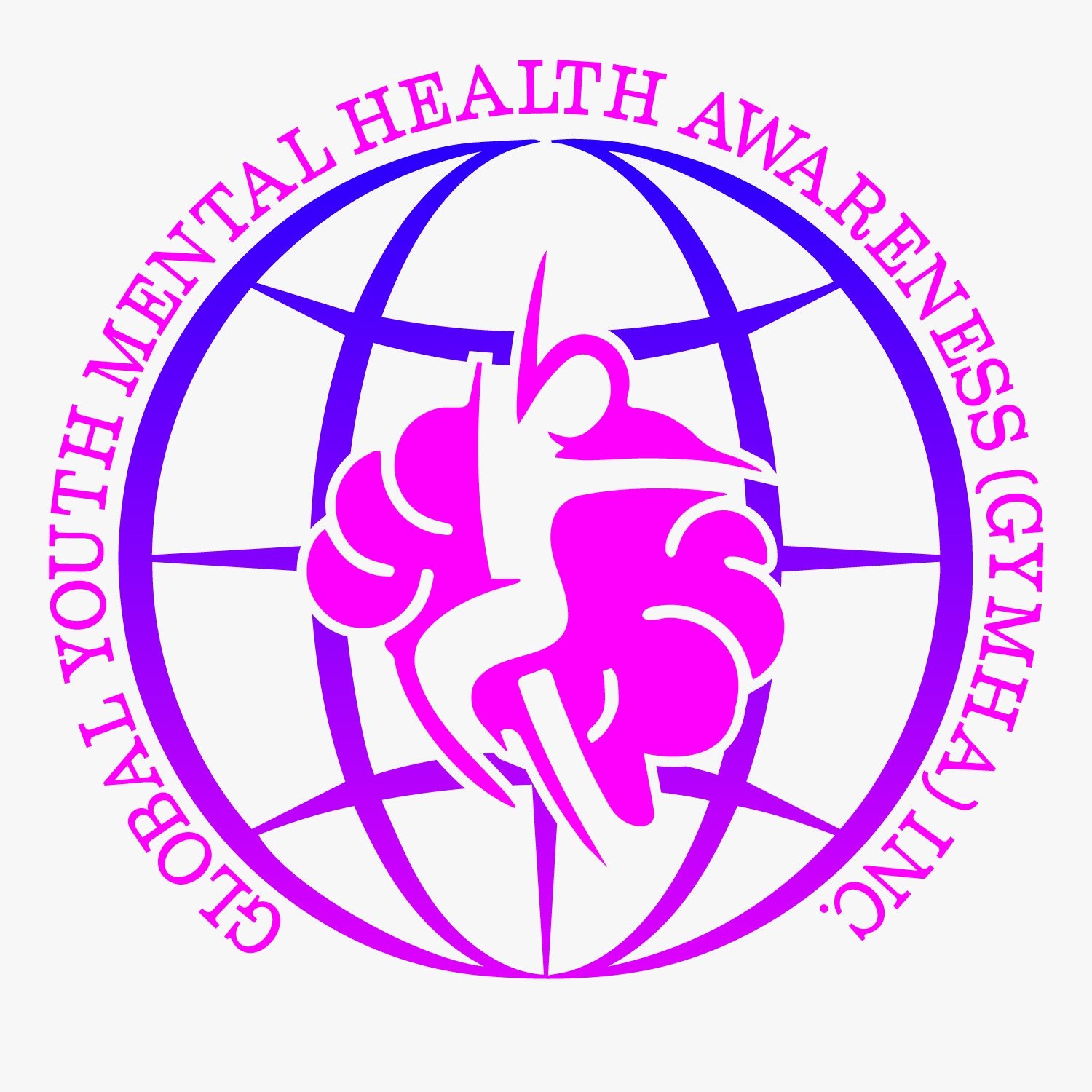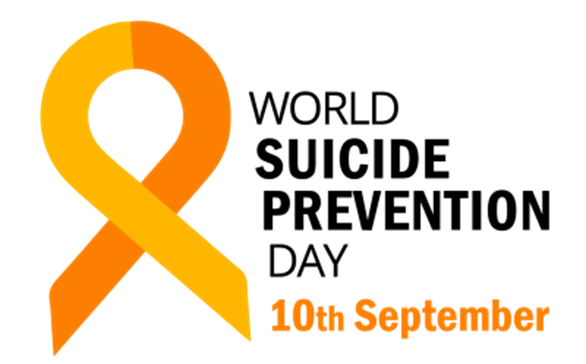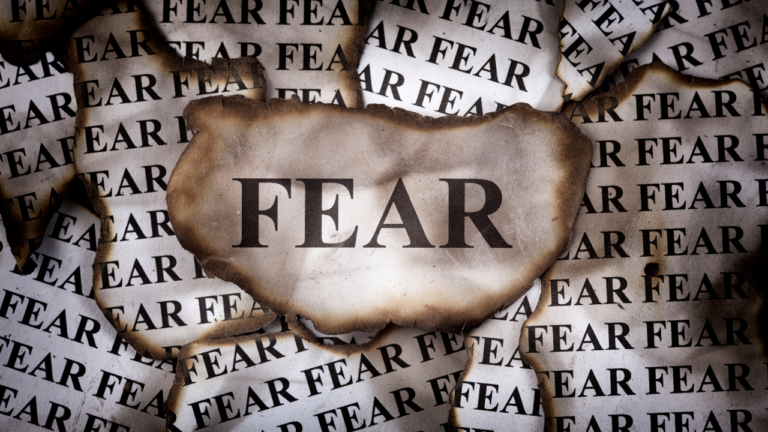
Emotional Intelligence Course
Psychological First Aid
What’s Holding You Back? 5 Ways to Break Free from Negative Self Sabotage
GYMHA MEMBER NEWSLETTER
Dealing with uncertainty during lockdown
THE SIGNIFICANCE OF 10TH SEPTEMBER: WORLD SUICIDE PREVENTION DAY

BY DAVID DAVID
On the 10th of September every year, organisations and communities around the world come together to raise awareness on how we can create a world where fewer people die by suicide. With various activities around the world since 2003, Suicide Prevention Day is observed to provide worldwide commitment and action to prevent suicides. In the same spirit, in GYMHA’s September edition of her monthly newsletter, I will be taking you through new approaches to Suicide Prevention in this brief article.
Don’t forget: September is Suicide Awareness Month, and you can help to brings light to darkness by sharing this article to give voice to this silent struggle. Every suicide is a devastating tragedy. The World Health Organization (WHO) and the Global Burden of Disease study estimates that almost 800,000 people die from suicide every year. That is one person every 40 seconds.
Suicide is defined as the intentional taking of one’s own life. Suicide means ending your own life. It is sometimes a way for people to escape pain or suffering. When someone ends their own life, we say that they “died by suicide.” A “suicide attempt” means that someone tried to end their life but did not die.
The signs and symptoms of suicide
Warning signs aren’t always obvious, and they may vary from person to person. Some people make their intentions clear, while others keep suicidal thoughts and feelings secret.
However, these are some common warning signs:
- Talking about suicide — for example, making statements such as “I’m going to kill myself,” “I wish I were dead” or “I wish I hadn’t been born”
- Getting the means to take your own life, such as buying a gun or stockpiling pills
- Withdrawing from social contact and wanting to be left alone
- Having mood swings, such as being emotionally high one day and deeply discouraged the next
- Being preoccupied with death, dying or violence
- Feeling trapped or hopeless about a situation
- Increasing use of alcohol or drugs
- Changing normal routine, including eating or sleeping patterns
- Doing risky or self-destructive things, such as using drugs or driving recklessly
- Giving away belongings or getting affairs in order when there’s no other logical explanation for doing this
- Saying goodbye to people as if they won’t be seen again
- Developing personality changes or being severely anxious or agitated, particularly when experiencing some of the warning signs listed above
Who is more prone to suicide?
Men at much greater risk of suicide
Since around 1990, men have been at least three times as vulnerable to death from suicide as women. Research by Samaritans suggests that this greater risk is due to a complex set of reasons, including increased family breakdown leaving more men living alone; the decline of many traditionally male-dominated industries; and social expectations about masculinity:
“They have seen their jobs, relationships and identity blown apart. There is a large gap between the reality of life for such men and the masculine ideal.”
Divorce and risk of suicide
Relationship breakdown can also contribute to suicide risk. The greatest risk is among divorced men, who in 2015 were almost three times more likely to end their lives than men who were married or in a civil partnership. According to research.
“Divorce increases the risk of suicide because the individual becomes disconnected from their domestic relationship and social norms. In addition, within western societies there is a strong cultural emphasis on achieving a strong and happy marriage, and those who divorce may experience a deep sense of disorientation, shame, guilt and emotional hurt.”
People in less well-off areas are more likely to end their lives
People who live in more deprived areas – where there is less access to things like services, work and education2 – are more at risk of suicide.
People among the most deprived 10% of society are more than twice as likely to die from suicide than the least deprived 10% of society.
Others are:
Suicide rates among musicians are three times higher than the current national average. While many studies on suicide agree that other artistic professionals such as writers, actors, and painters are prone to depression and suicidal thoughts
People who work as carers, or in the arts, or as low-skilled workers, have a significantly higher risk of suicide. Men who work as skilled manual workers are at greater risk, as are female nurses, nursery and primary school teachers.
Suicide prevention
Suicide prevention is a means of preventing people from committing suicide. It starts with recognizing the warning signs and taking them seriously. If you think a friend or family member is suicidal, there’s plenty you can do to prevent the victim from committing suicide.
Reach out and talk to the person and encouraging him or her to go for counseling.
Showing them love
It is no more news that many people kill themselves all because they feel they were not loved.
Get them involved in positive social activities. It helps them to be among people and makes them feel useful.
Always feed him with positive stories.
Let them know they are important.
Suicide prevention strategies
Suicide is a serious public health problem that can have long-lasting effects on individuals, families, and communities. The good news is that suicide is preventable. Preventing suicide requires strategies at all levels of society. This includes prevention and protective strategies for individuals, families, and communities. Everyone can help prevent suicide by learning the warning signs, promoting prevention and resilience, and a committing to social change.
There are a number of strategies we can employ to prevent suicide. These include:
- Reducing access to the means of suicide (e.g. pesticides, firearms, certain medications); Reducing access to lethal means of self-harm for a person at risk of suicide is an important part of a comprehensive approach to suicide prevention. Firearms are the most lethal among suicide methods. Also of concern are medications that are lethal at high doses.
- Reporting by media in a responsible way; Responsible reporting about mental health and suicide can help prevent suicide, but sensationalist and stigmatising reporting puts vulnerable people at risk.
- School-based interventions; Suicide is the second leading cause of death among youth aged 10–25 years, and approximately one in six adolescents reported serious suicidal ideation in the past year.
Schools are a unique environment in which to identify and respond to youth suicide risks. There are school-based prevention programs with evidence for reducing suicide risk in students. School staff should endeavour to implement best practice recommendations in collaboration with school mental health professionals who can provide program effectiveness.
- Introducing alcohol policies to reduce the harmful use of alcohol; Restrictive alcohol policies, such as those limiting liquor store density or imposing taxes on alcohol, have been shown to have a “protective effect” in reducing suicides.
- Early identification, treatment and care of people with mental and substance use disorders, chronic pain and acute emotional distress;
- Training of non-specialized health workers in the assessment and management of suicidal behaviour;
- Follow-up care for people who attempted suicide and provision of community support.
Finally, it’s important to know that genuine people are here to help. If you’re worried about someone, ask them what they are feeling and don’t discount it. Don’t argue the value of life, but rather share your concern for their mental health and support them in finding a trusted person to talk to.
GYMHA’s community is a great space to find help. We are the voice that too many no longer have. We know, you are needed here and your life is worth the daily fight.




